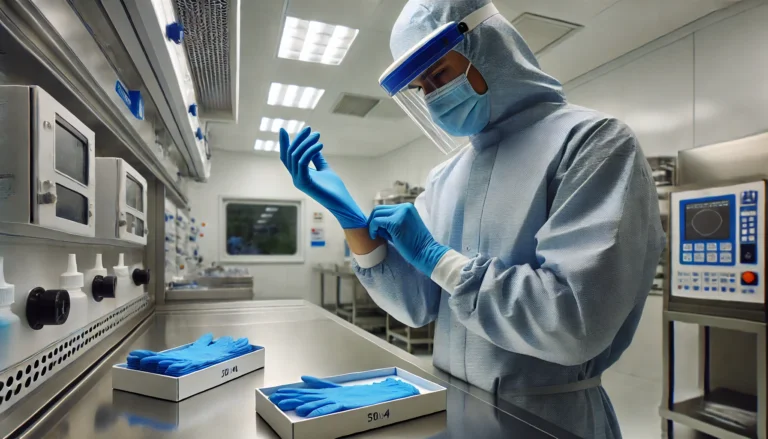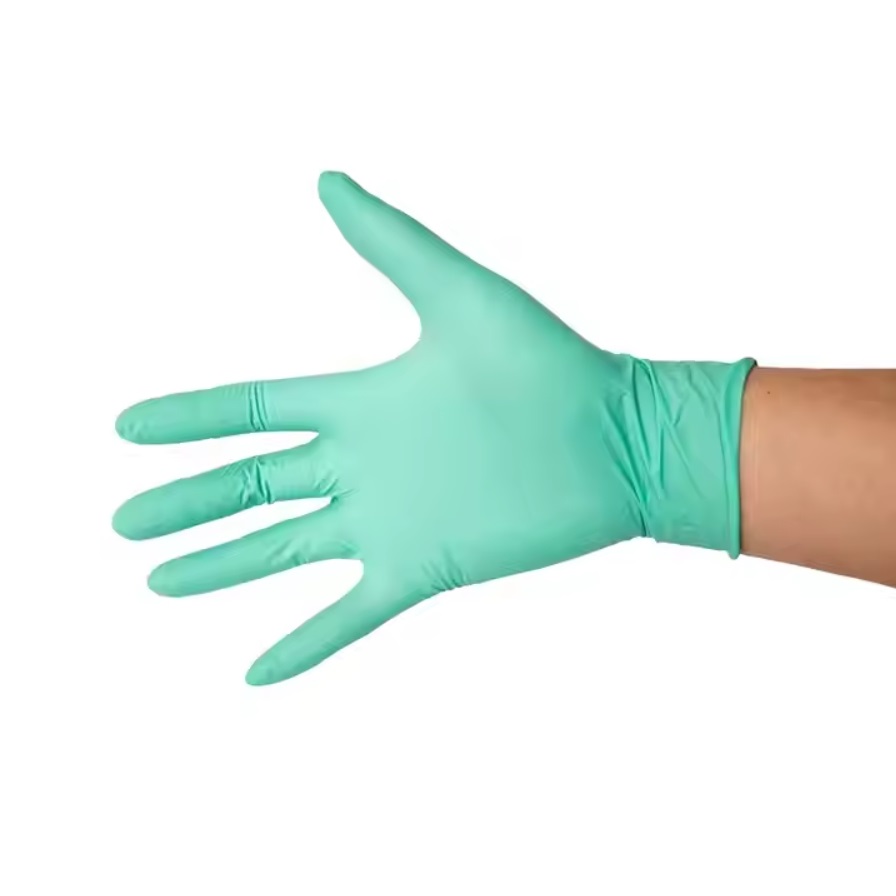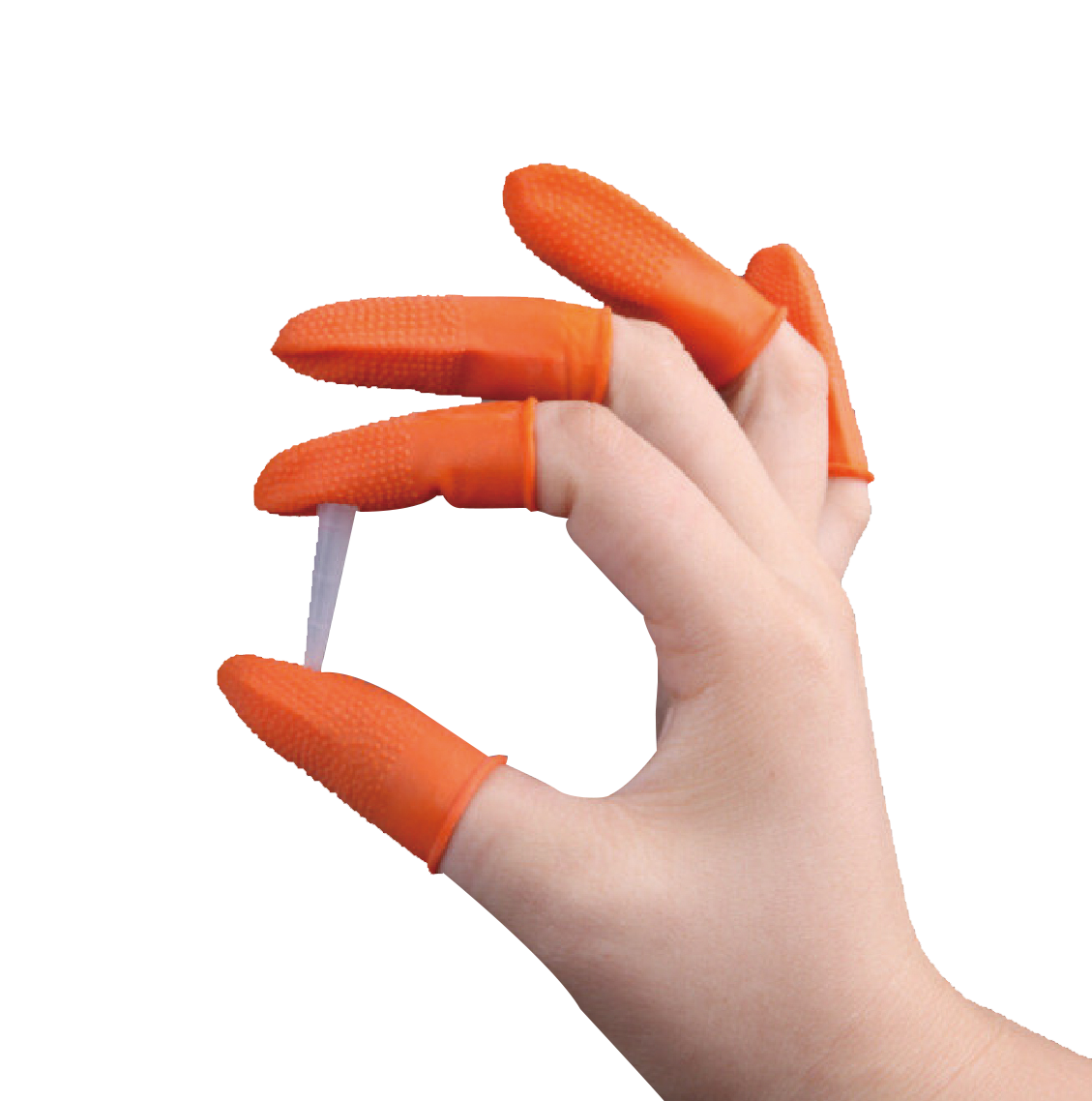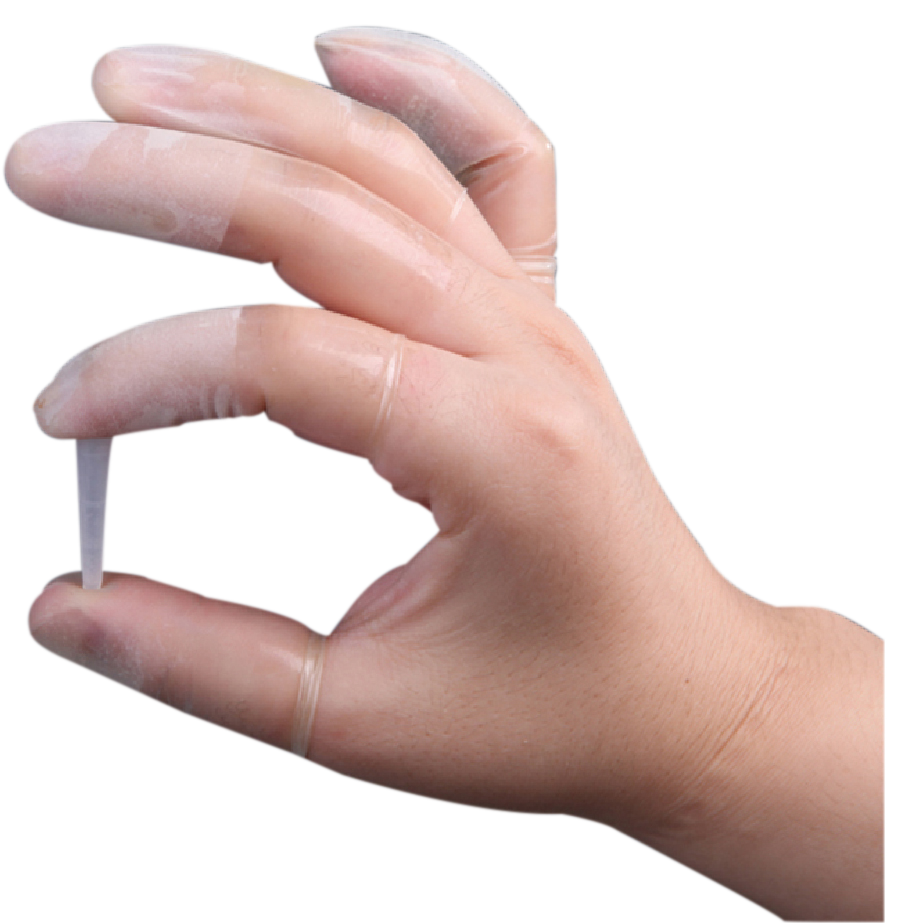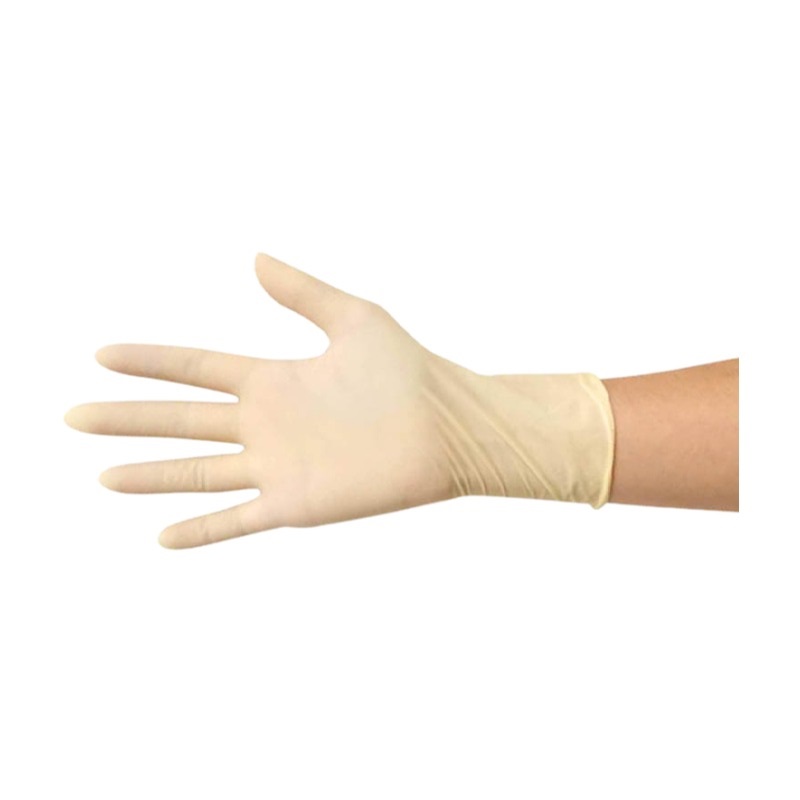What Does “Powder-Free” Mean?
Powder-free gloves are disposable gloves manufactured without the use of cornstarch or other lubricating powders inside the glove. Traditionally, powdered gloves were preferred for their easy donning and reduced hand friction. The powder—often a modified cornstarch—acted as a donning agent to make the glove slide easily onto the skin, especially when hands were wet or sweaty.
However, in environments where sterility, particulate control, and contamination avoidance are critical—such as cleanrooms, laboratories, and healthcare settings—the glove powder presents a serious liability. Powder-free gloves are specially treated during the manufacturing process to ensure smooth interior surfaces without the need for added powder, while still allowing easy wearability.
Why Glove Powder Is a Problem in Clean Environments
In cleanrooms or controlled environments, airborne particulates can interfere with product integrity, compromise experiments, or lead to defects in high-precision manufacturing. Glove powder is one such particle source. Even in microscopic amounts, powder can:
-
Introduce foreign particles into sterile zones
-
Bind with moisture or chemicals to form residue on surfaces
-
Cause micro-contamination of optical lenses, semiconductors, or biopharma tools
-
Leave traceable fingerprints or powder marks, making audits and validation difficult
In addition, cornstarch particles are organic, which means they can serve as a medium for bacterial growth, completely unacceptable in pharmaceutical and biotech clean zones.
This is why ISO Class 1–6 cleanroom protocols almost universally prohibit powdered gloves.
FDA Ban and Regulatory Shifts
In 2016, the U.S. Food and Drug Administration (FDA) officially banned powdered medical gloves, citing significant risks to patients and healthcare workers. The ruling stated that glove powder posed an “unreasonable and substantial risk of illness or injury,” particularly in surgical and examination settings.
This marked a turning point in the disposable glove industry. Since then, powder-free glove adoption has accelerated not only in healthcare but also in clean manufacturing, microelectronics, and aerospace assembly, where product sterility and contamination control are mission-critical.
How Are Powder-Free Gloves Made?
To eliminate powder while maintaining donning ease, manufacturers now employ alternative processing methods such as:
-
Polymer Coating: The interior is coated with polyurethane, silicone, or acrylate polymers, creating a low-friction surface
-
Chlorination: Gloves are exposed to a diluted chlorine solution that removes tackiness and smoothens the inner layer
-
Double Dipping & Post-Curing: Techniques that harden and seal the glove film, reducing surface roughness
These processes ensure that powder-free gloves are both comfortable and contamination-safe. Advanced powder-free nitrile and latex gloves today are nearly as easy to don as their powdered predecessors, even during extended shifts.
Are Powder-Free Gloves Safer?
Yes—and not just for products, but for people too. Powder particles, when airborne, can be inhaled or absorbed through mucous membranes. Over time, exposure to glove powder has been linked to:
-
Respiratory irritation
-
Asthma exacerbation
-
Allergic sensitization to latex proteins (when used with powdered latex gloves)
-
Post-operative adhesions (in surgical settings)
Powder-free gloves drastically reduce these risks. In fact, modern allergy-safe nitrile gloves are both powder-free and latex-free, eliminating the top two glove-related allergens in sensitive industries.
Powder-Free Gloves in Cleanroom Applications
In cleanroom environments, glove selection is not just about comfort—it’s about compliance. Powder-free gloves are a mandatory standard in industries governed by:
-
ISO 14644 standards (for air cleanliness)
-
IEST RP-CC005.4 (glove material compatibility)
-
USP <800> (hazardous drug handling)
-
GMP and FDA regulations (pharmaceutical production)
These gloves are often class-rated, cleanroom-laundered, and vacuum-packed to prevent particle shedding. They are used in:
-
Semiconductor manufacturing
-
LCD / OLED display assembly
-
Pharmaceuticals & compounding
-
Biotechnology & sterile laboratory operations
-
Aerospace instrumentation
In such environments, even a single flake of powder can destroy yield, delay regulatory clearance, or lead to costly recalls.
Powder-Free vs. Powdered Gloves: A Clear Choice
| Feature | Powdered Gloves | Powder-Free Gloves |
|---|---|---|
| Donning Ease | Easy due to powder | Easy with polymer coating or chlorination |
| Particle Contamination Risk | High | Very Low |
| Allergen Exposure Risk | Higher (esp. latex + powder) | Significantly Lower |
| Regulatory Approval | Banned in medical use (FDA) | Widely accepted |
| Cleanroom Suitability | Not permitted | Standard-compliant |
Final Thoughts
Powder-free gloves aren’t just a cleaner choice—they’re the only acceptable choice in modern clean environments. Whether you work in a Class 100 cleanroom, a biotech lab, or a high-precision electronics factory, glove powder simply has no place.
By choosing powder-free nitrile, latex, or vinyl gloves, you’re protecting not only your product, but also your people—and your compliance record.
